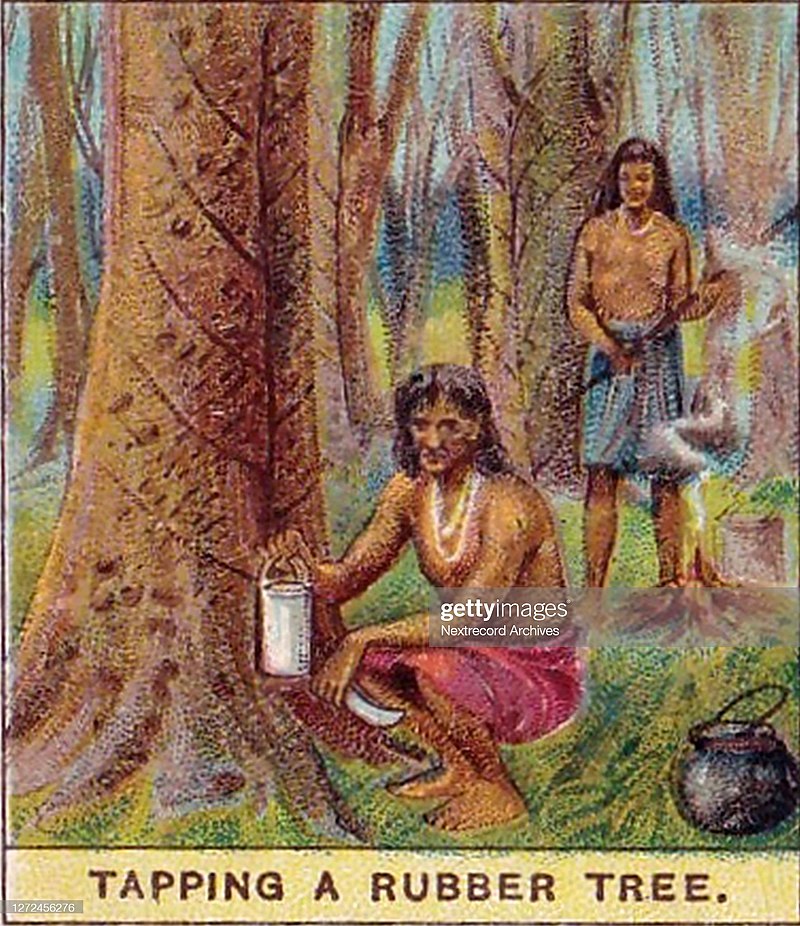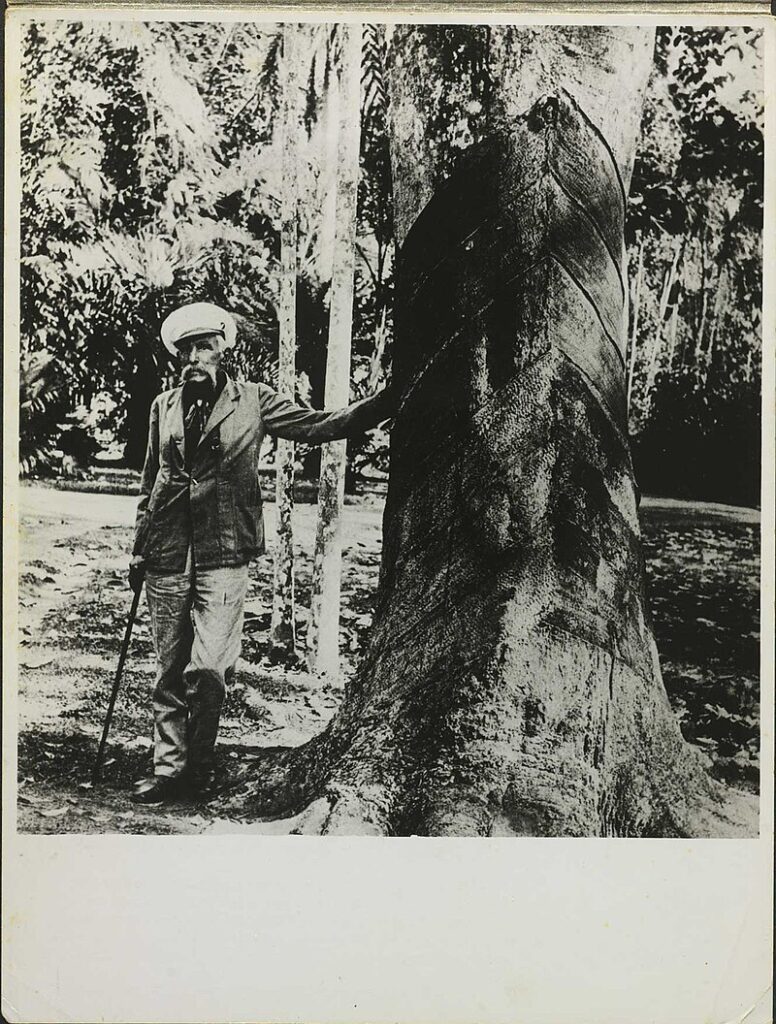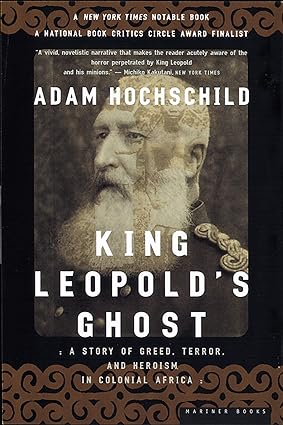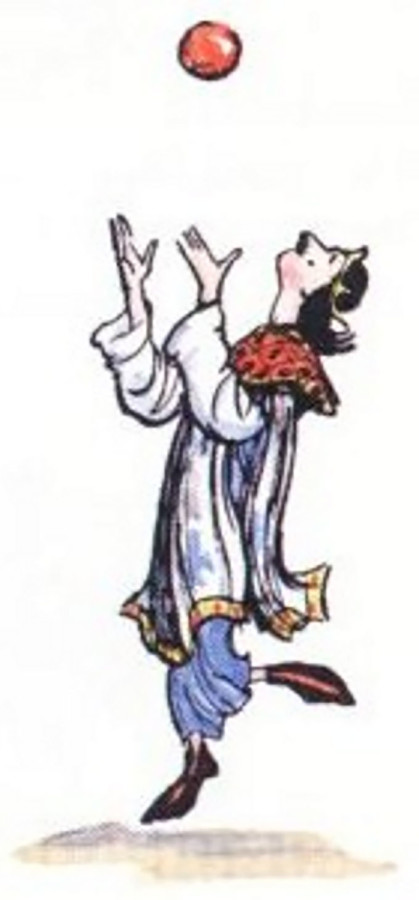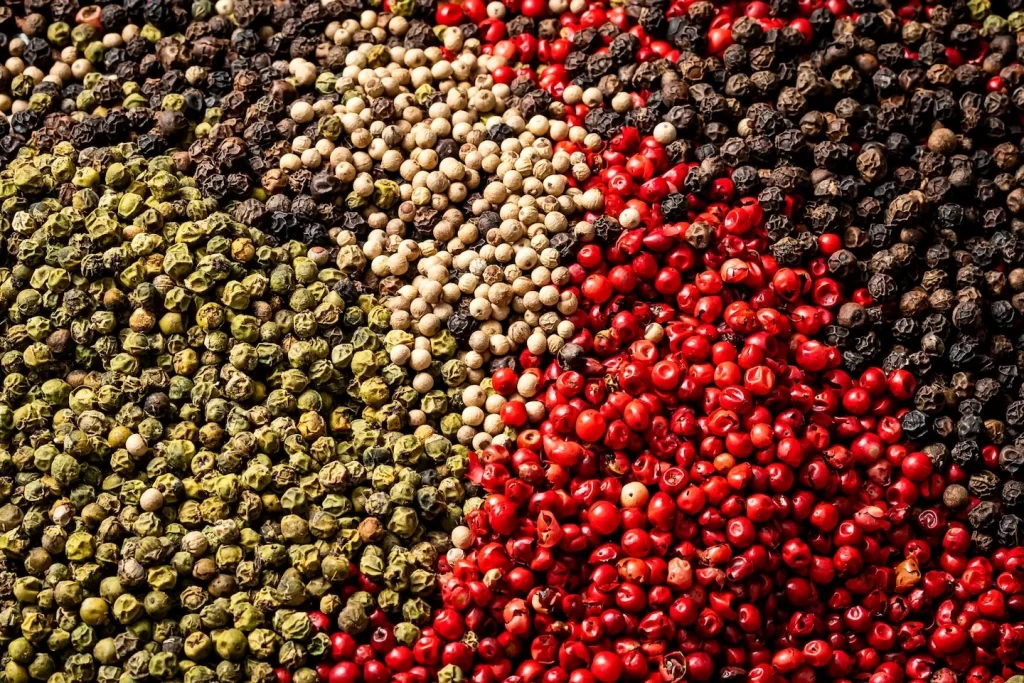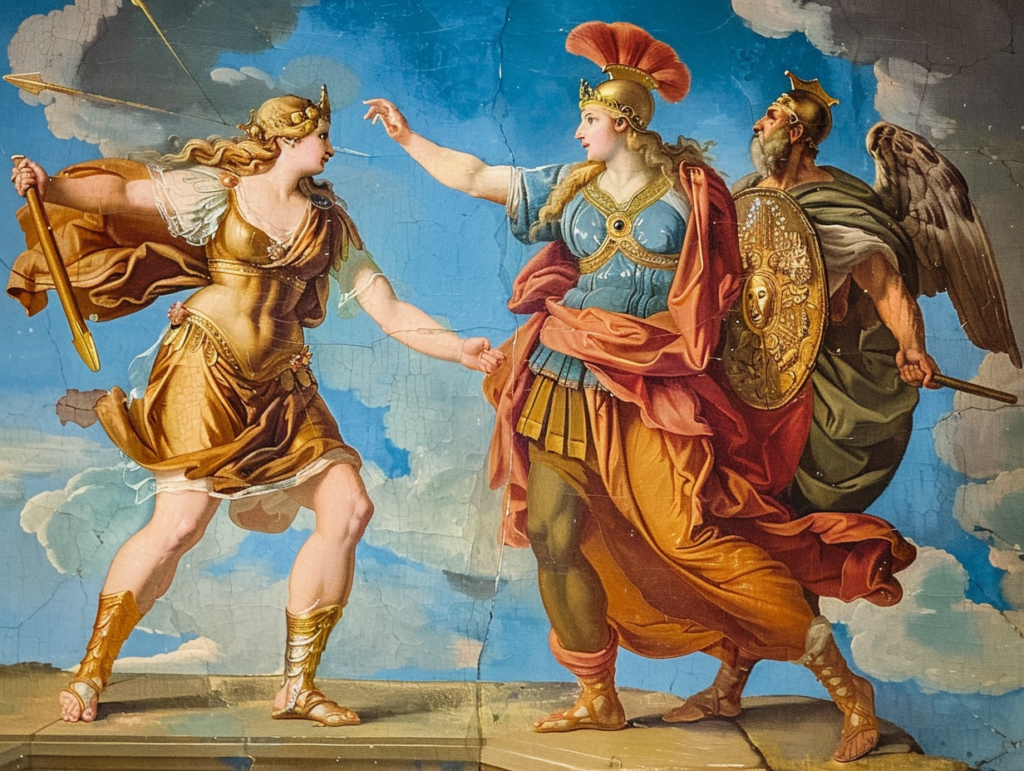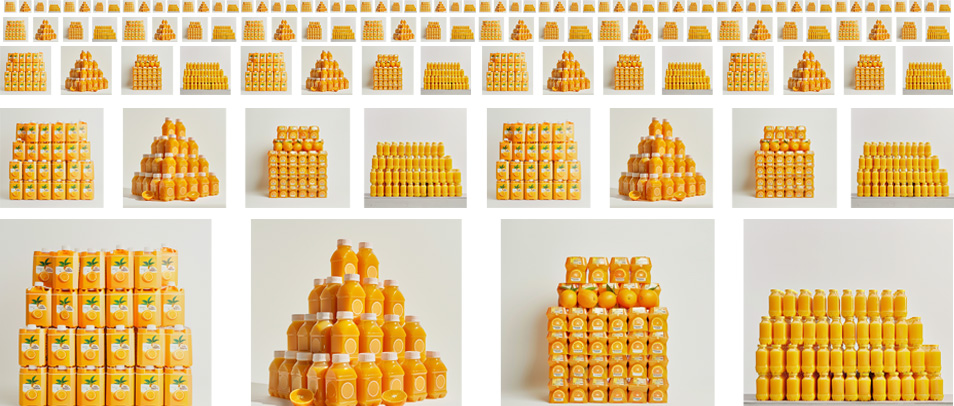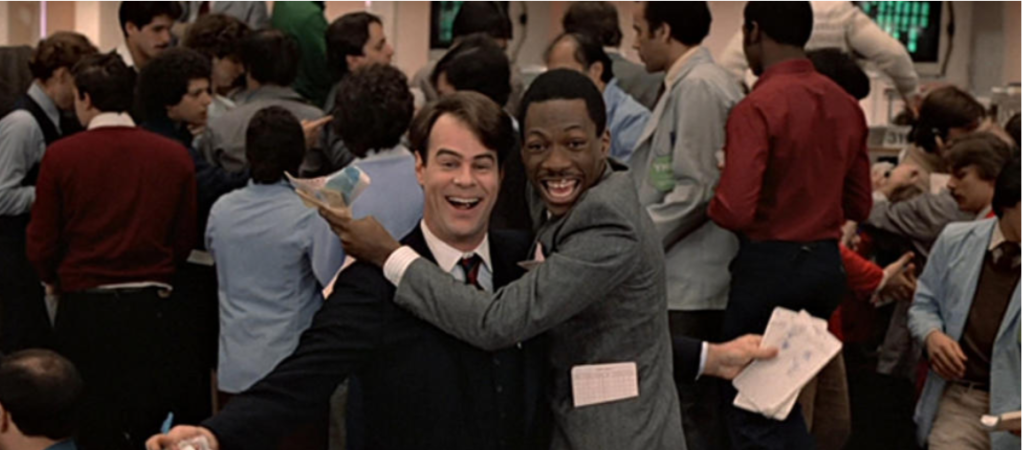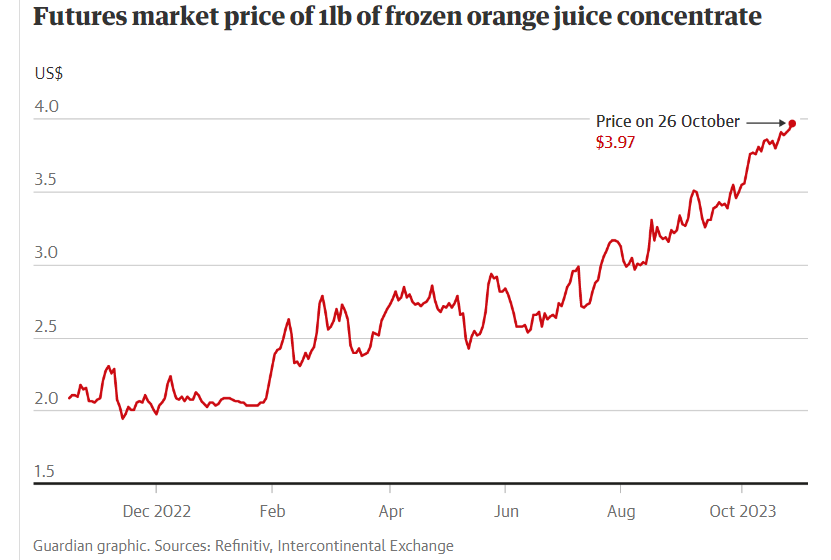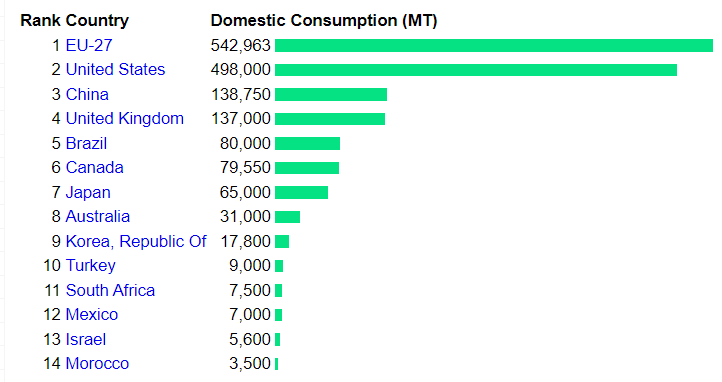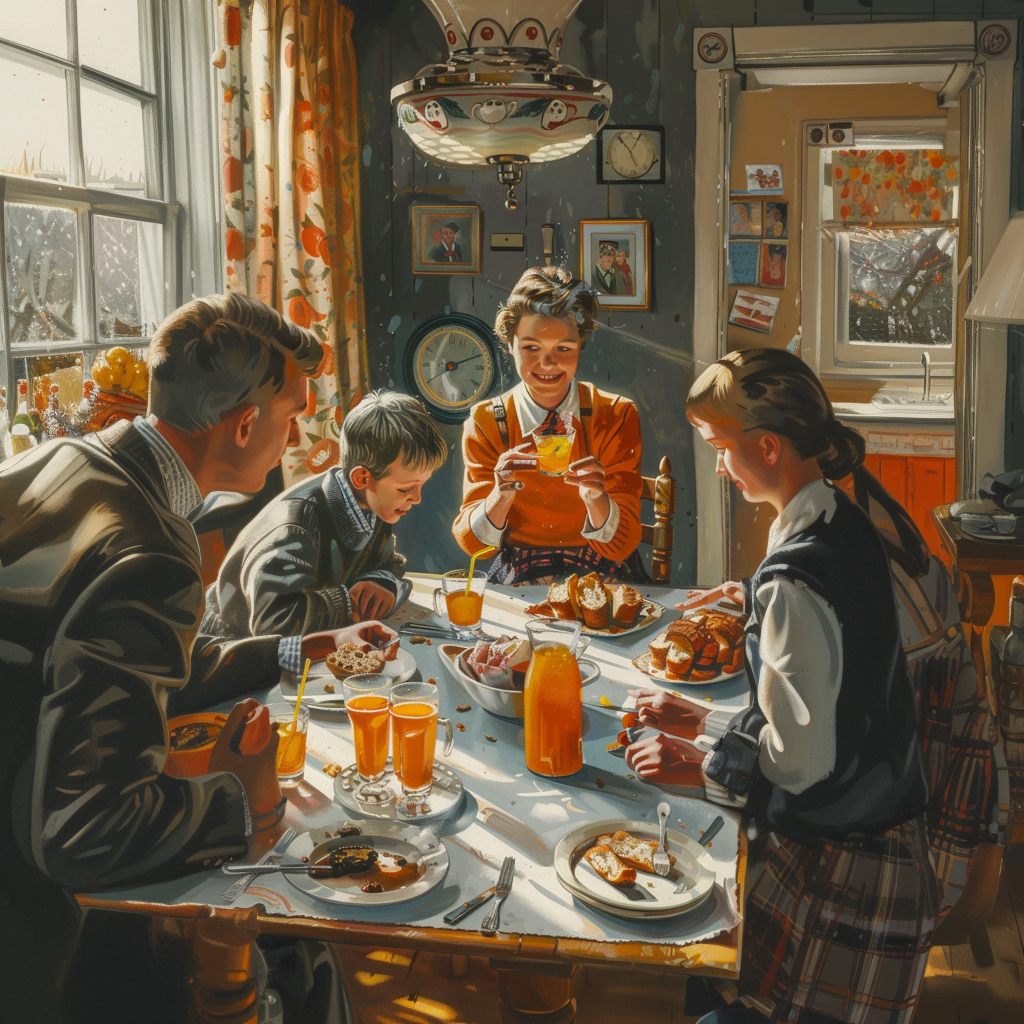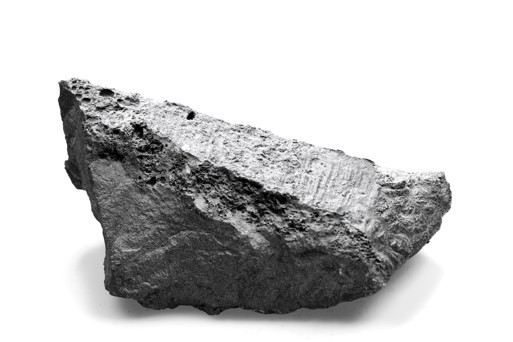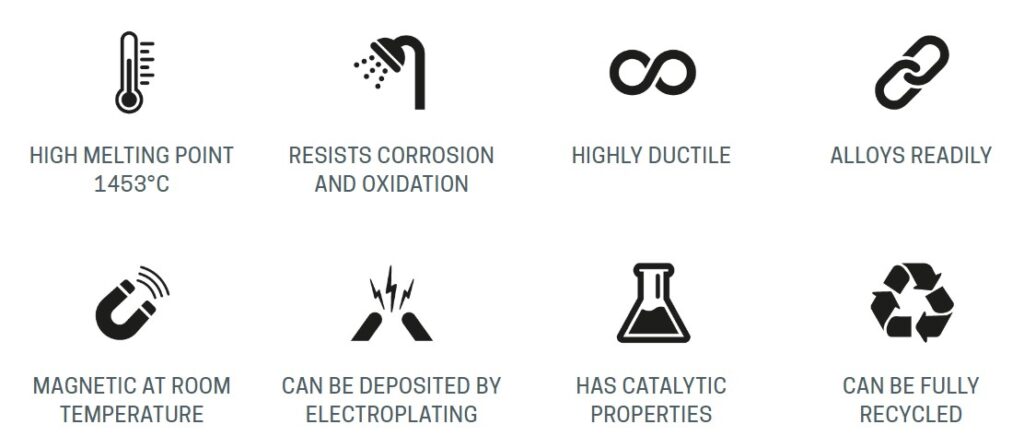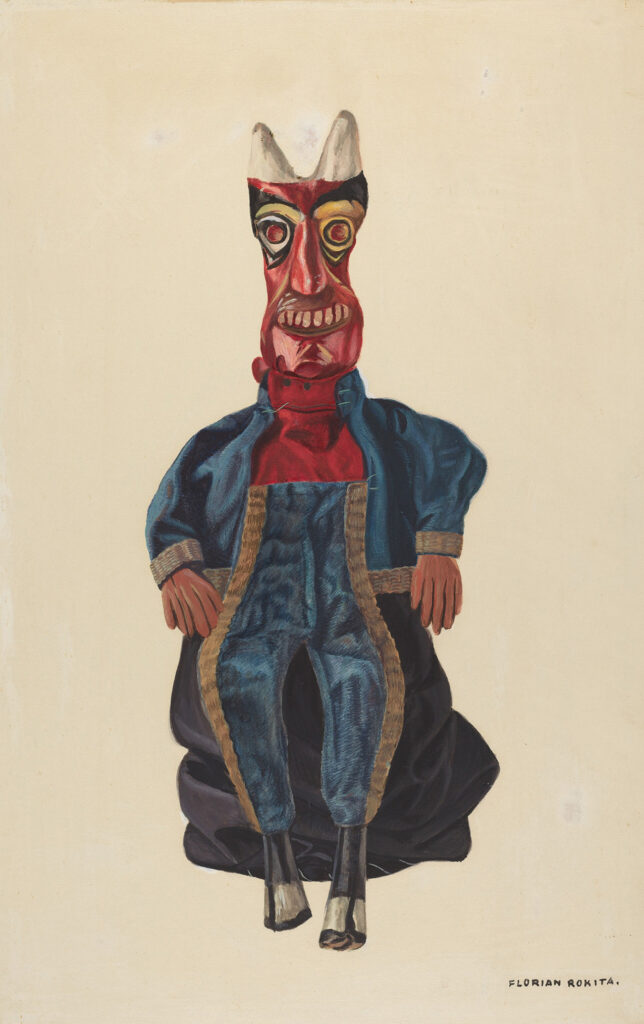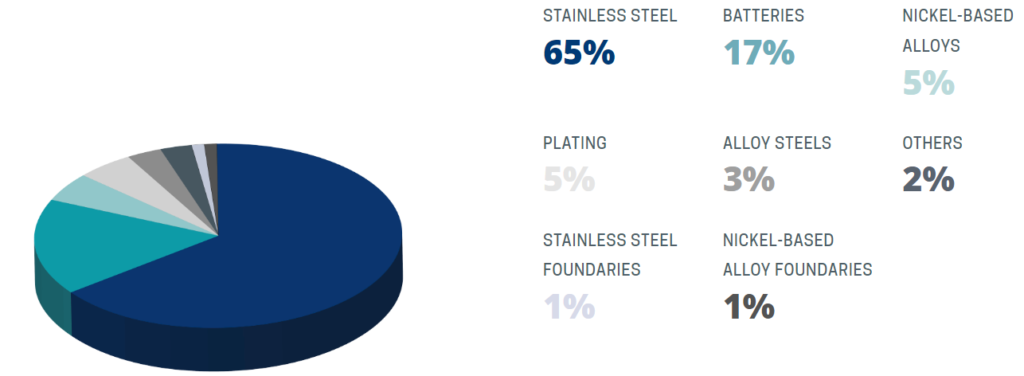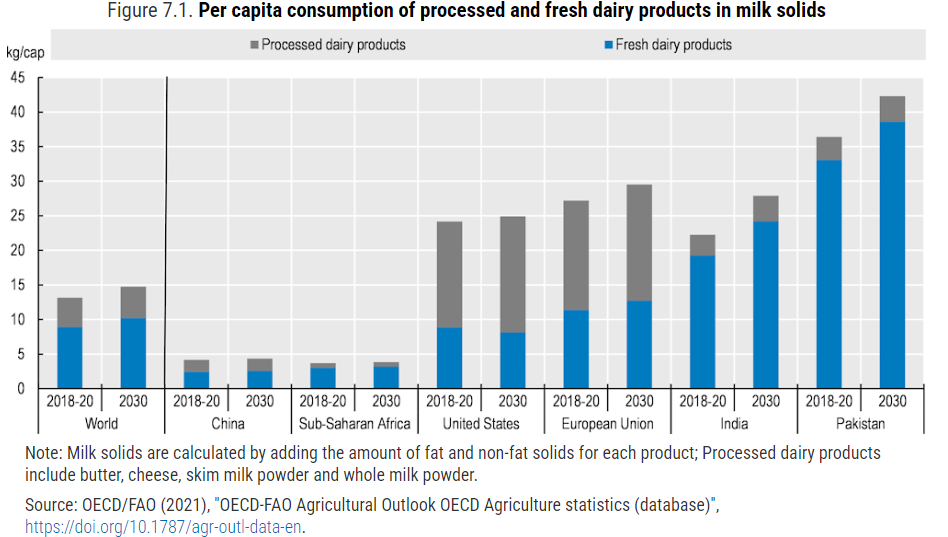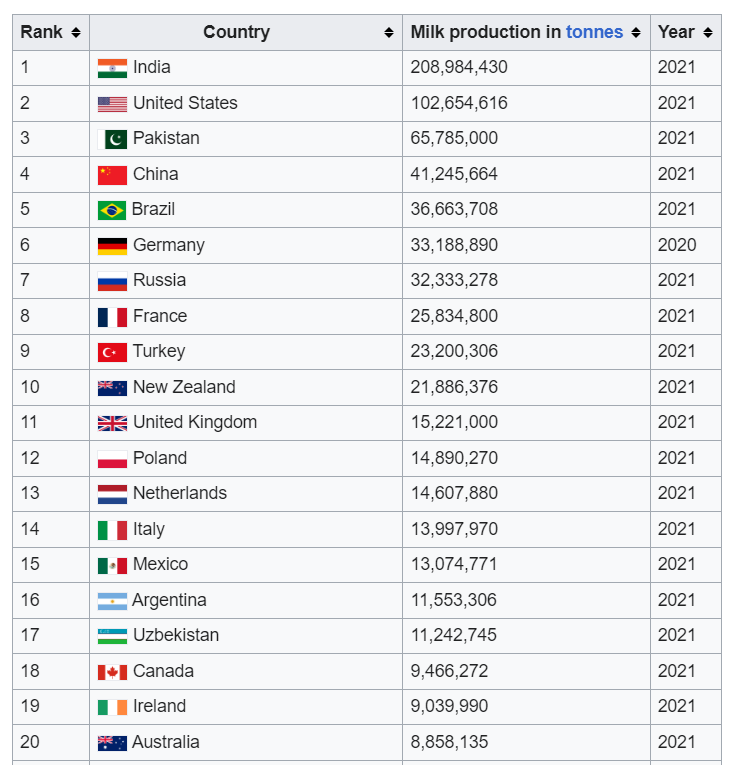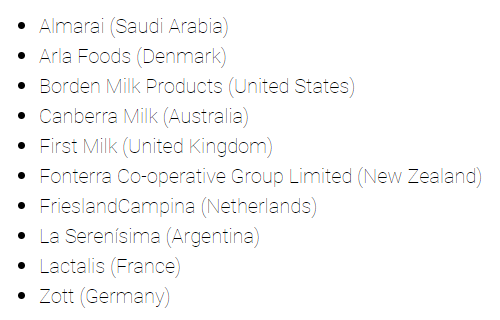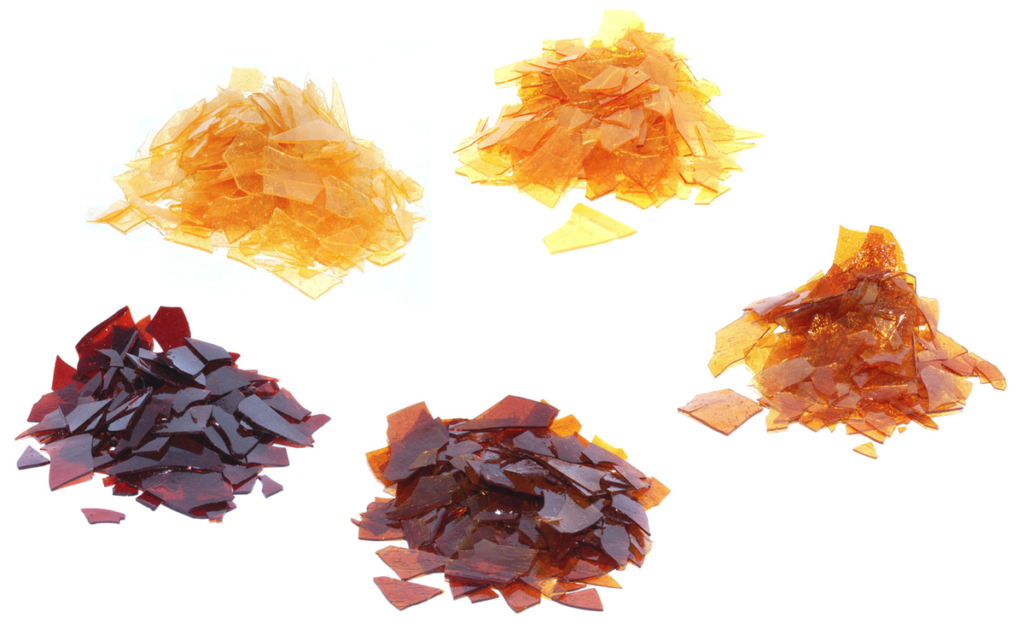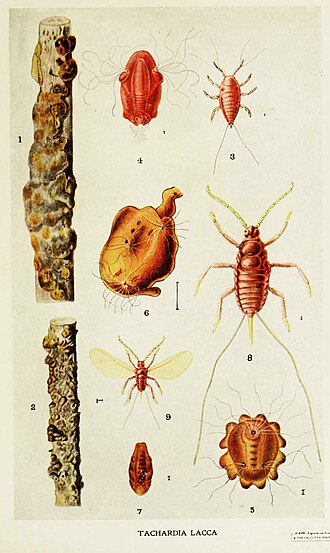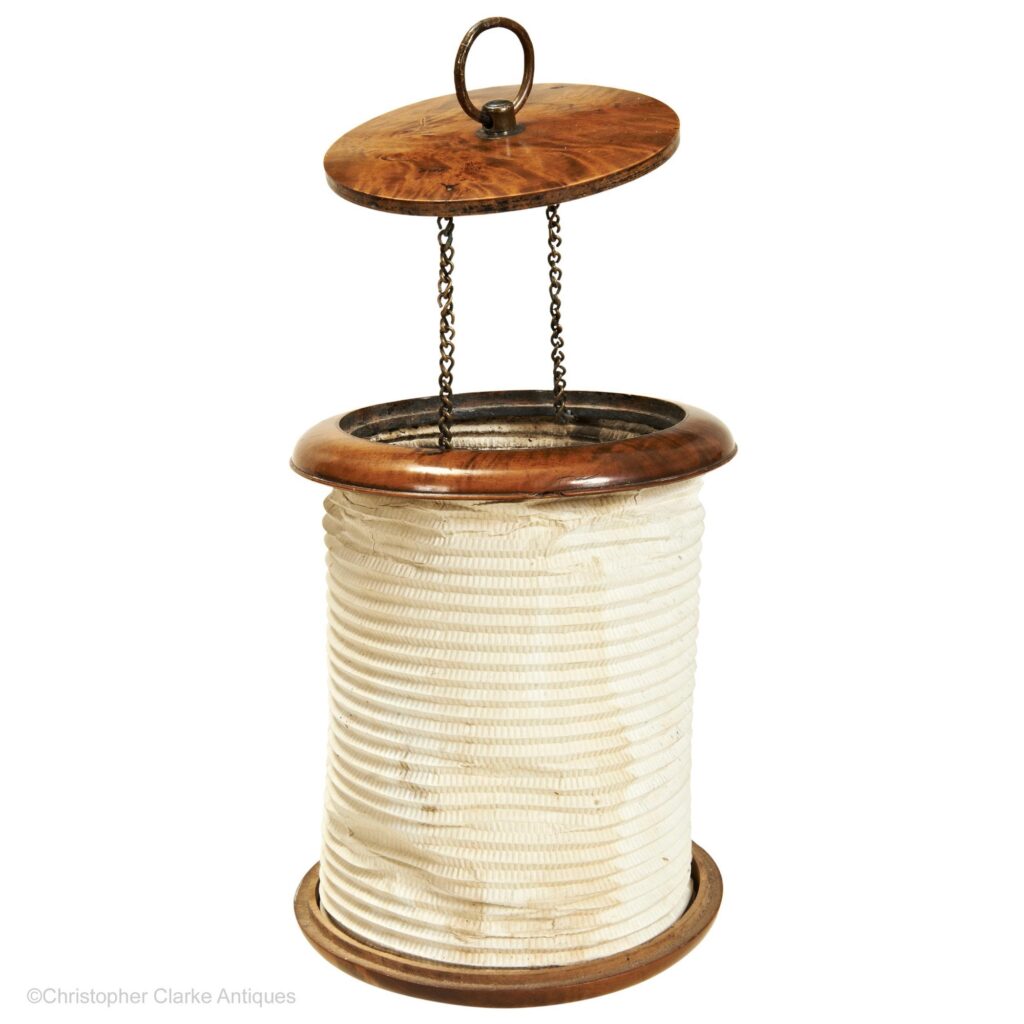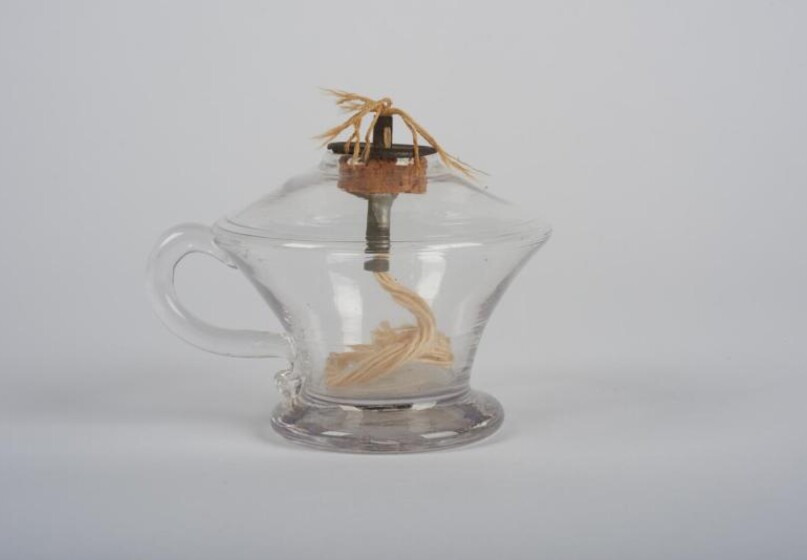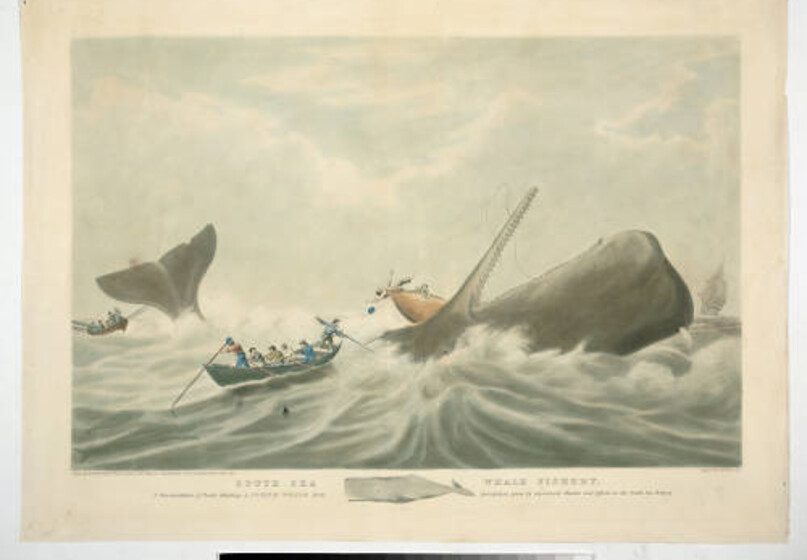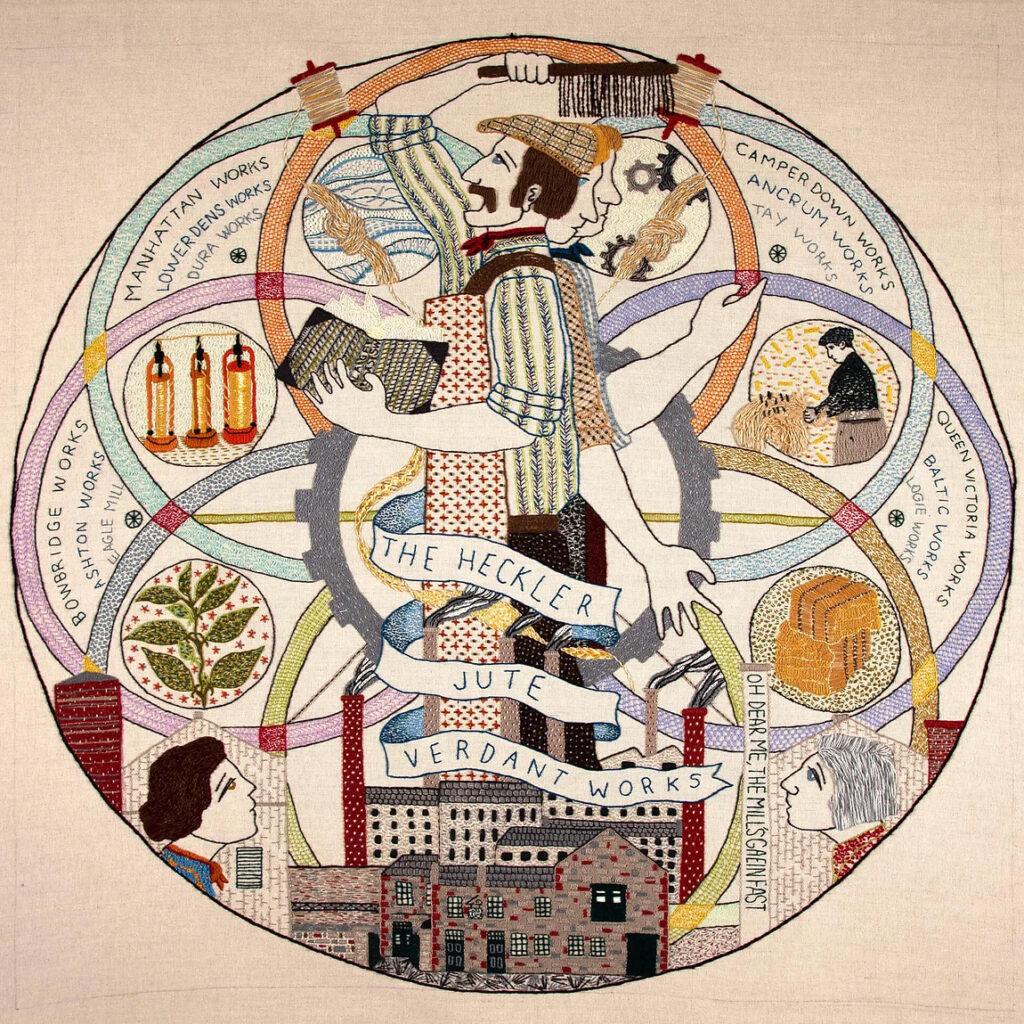The dual theme of my A to Z Challenge this year is the world of Commodities and Poetry Forms so the juxtaposition of these two themes may throw up some strange poems – could be a Heroic Ode to Heating Oil or will it merit a Haiku or a Haibun – whichever, I will be endeavouring to bring you interesting facts about commodities that may change the way you think about the stuff we variously depend on…
By commodity I mean certain items that are of both sufficient value/volume to be traded in special markets and are generally volatile enough to attract traders in “Futures” which are a way of hedging bets in the trading world of stocks, shares and commodities.
The A to Z Challenge runs throughout April and will consist of 26 posts – there are only a couple of letters for which I couldn’t find commodities but plenty of poetry forms to carry the day!
Worldwide Trade in Soybeans in 2022 whether or not broken” exceeded $93 billion
If you have any doubt that Soya Beans (Soybeans) ar the most important of all the beans – just take a look at the table below – note how many bolded figures (Top value of the comparisons) fall to Soy Beans! Just on this nutritional guide alone (Courtesy of Wikipedia) you would know that this bean was important before even considering it’s history, it’s culinary story and the confirmation of it’s value as revealed in the International Trade Figures… However, there is a dark side to the Soya story and one which commands our attention – more of that later.
| Staple | Maize (corn)[A] | Rice, white[B] | Wheat[C] | Potatoes[D] | Cassava[E] | Soybeans, green[F] | Sweet potatoes[G] | Yams[Y] | Sorghum[H] | Plantain[Z] | RDA |
|---|---|---|---|---|---|---|---|---|---|---|---|
| Water content (%) | 10 | 12 | 13 | 79 | 60 | 68 | 77 | 70 | 9 | 65 | |
| Raw grams per 100 g dry weight | 111 | 114 | 115 | 476 | 250 | 313 | 435 | 333 | 110 | 286 | |
| Nutrient | |||||||||||
| Energy (kJ) | 1698 | 1736 | 1574 | 1533 | 1675 | 1922 | 1565 | 1647 | 1559 | 1460 | 8,368–10,460 |
| Protein (g) | 10.4 | 8.1 | 14.5 | 9.5 | 3.5 | 40.6 | 7.0 | 5.0 | 12.4 | 3.7 | 50 |
| Fat (g) | 5.3 | 0.8 | 1.8 | 0.4 | 0.7 | 21.6 | 0.2 | 0.6 | 3.6 | 1.1 | 44–77 |
| Carbohydrates (g) | 82 | 91 | 82 | 81 | 95 | 34 | 87 | 93 | 82 | 91 | 130 |
| Fiber (g) | 8.1 | 1.5 | 14.0 | 10.5 | 4.5 | 13.1 | 13.0 | 13.7 | 6.9 | 6.6 | 30 |
| Sugar (g) | 0.7 | 0.1 | 0.5 | 3.7 | 4.3 | 0.0 | 18.2 | 1.7 | 0.0 | 42.9 | minimal |
| Minerals | [A] | [B] | [C] | [D] | [E] | [F] | [G] | [Y] | [H] | [Z] | RDA |
| Calcium (mg) | 8 | 32 | 33 | 57 | 40 | 616 | 130 | 57 | 31 | 9 | 1,000 |
| Iron (mg) | 3.01 | 0.91 | 3.67 | 3.71 | 0.68 | 11.09 | 2.65 | 1.80 | 4.84 | 1.71 | 8 |
| Magnesium (mg) | 141 | 28 | 145 | 110 | 53 | 203 | 109 | 70 | 0 | 106 | 400 |
| Phosphorus (mg) | 233 | 131 | 331 | 271 | 68 | 606 | 204 | 183 | 315 | 97 | 700 |
| Potassium (mg) | 319 | 131 | 417 | 2005 | 678 | 1938 | 1465 | 2720 | 385 | 1426 | 4700 |
| Sodium (mg) | 39 | 6 | 2 | 29 | 35 | 47 | 239 | 30 | 7 | 11 | 1,500 |
| Zinc (mg) | 2.46 | 1.24 | 3.05 | 1.38 | 0.85 | 3.09 | 1.30 | 0.80 | 0.00 | 0.40 | 11 |
| Copper (mg) | 0.34 | 0.25 | 0.49 | 0.52 | 0.25 | 0.41 | 0.65 | 0.60 | – | 0.23 | 0.9 |
| Manganese (mg) | 0.54 | 1.24 | 4.59 | 0.71 | 0.95 | 1.72 | 1.13 | 1.33 | – | – | 2.3 |
| Selenium (μg) | 17.2 | 17.2 | 81.3 | 1.4 | 1.8 | 4.7 | 2.6 | 2.3 | 0.0 | 4.3 | 55 |
| Vitamins | [A] | [B] | [C] | [D] | [E] | [F] | [G] | [Y] | [H] | [Z] | RDA |
| Vitamin C (mg) | 0.0 | 0.0 | 0.0 | 93.8 | 51.5 | 90.6 | 10.4 | 57.0 | 0.0 | 52.6 | 90 |
| Thiamin (B1) (mg) | 0.43 | 0.08 | 0.34 | 0.38 | 0.23 | 1.38 | 0.35 | 0.37 | 0.26 | 0.14 | 1.2 |
| Riboflavin (B2) (mg) | 0.22 | 0.06 | 0.14 | 0.14 | 0.13 | 0.56 | 0.26 | 0.10 | 0.15 | 0.14 | 1.3 |
| Niacin (B3) (mg) | 4.03 | 1.82 | 6.28 | 5.00 | 2.13 | 5.16 | 2.43 | 1.83 | 3.22 | 1.97 | 16 |
| Pantothenic acid (B5) (mg) | 0.47 | 1.15 | 1.09 | 1.43 | 0.28 | 0.47 | 3.48 | 1.03 | – | 0.74 | 5 |
| Vitamin B6 (mg) | 0.69 | 0.18 | 0.34 | 1.43 | 0.23 | 0.22 | 0.91 | 0.97 | – | 0.86 | 1.3 |
| Folate Total (B9) (μg) | 21 | 9 | 44 | 76 | 68 | 516 | 48 | 77 | 0 | 63 | 400 |
| Vitamin A (IU) | 238 | 0 | 10 | 10 | 33 | 563 | 4178 | 460 | 0 | 3220 | 5000 |
| Vitamin E, alpha-tocopherol (mg) | 0.54 | 0.13 | 1.16 | 0.05 | 0.48 | 0.00 | 1.13 | 1.30 | 0.00 | 0.40 | 15 |
| Vitamin K1 (μg) | 0.3 | 0.1 | 2.2 | 9.0 | 4.8 | 0.0 | 7.8 | 8.7 | 0.0 | 2.0 | 120 |
| Beta-carotene (μg) | 108 | 0 | 6 | 5 | 20 | 0 | 36996 | 277 | 0 | 1306 | 10500 |
| Lutein+zeaxanthin (μg) | 1506 | 0 | 253 | 38 | 0 | 0 | 0 | 0 | 0 | 86 | 6000 |
| Fats | [A] | [B] | [C] | [D] | [E] | [F] | [G] | [Y] | [H] | [Z] | RDA |
| Saturated fatty acids (g) | 0.74 | 0.20 | 0.30 | 0.14 | 0.18 | 2.47 | 0.09 | 0.13 | 0.51 | 0.40 | minimal |
| Monounsaturated fatty acids (g) | 1.39 | 0.24 | 0.23 | 0.00 | 0.20 | 4.00 | 0.00 | 0.03 | 1.09 | 0.09 | 22–55 |
| Polyunsaturated fatty acids (g) | 2.40 | 0.20 | 0.72 | 0.19 | 0.13 | 10.00 | 0.04 | 0.27 | 1.51 | 0.20 | 13–19 |
| [A] | [B] | [C] | [D] | [E] | [F] | [G] | [Y] | [H] | [Z] | RDA |
A raw yellow dent corn
B raw unenriched long-grain white rice
C raw hard red winter wheat
D raw potato with flesh and skin
E raw cassava
F raw green soybeans
G raw sweet potato
H raw sorghum
Y raw yam
Z raw plantains
/* unofficial
Evidence for the domestication of Soya Beans predates writing but has been found in China from between 7-6,500 years ago. Because, like many legumes, they fix nitrogen from the air and send it to the soil, the plant was quickly recognised as helpful in crop rotation and yet even as recently as World War 2, that benefit was being “rediscovered” in America when fertiliser supplies were compromised. If Soya Beans were discovered today they would be touted as a Superfood if not a “Miracle” food
Prior to fermented products such as fermented black soybeans (douchi), jiang (Chinese miso), soy sauce, tempeh, nattō, and miso, soy was considered sacred for its beneficial effects in crop rotation, and it was eaten by itself, and as bean curd and soy milk.
Wikipedia
One of the interesting aspects of Soya is just how many ways it is processed into other products beyond just eating the beans direct – they are the world’s largest source of animal feed (creating protein which humans then eat), the second largest source of vegetable oil and these two uses consume 85% of the soya crop leaving just 15% to be sold as whole beans. Out of that we then get soya milk, from which is made bean curd and tempeh (from the leftover of soy milk production), then Soy Sauce and various forms of Miso – these latter being fermented soya products without which both Chinese and Japanese cuisine would be unimaginable. I have to declare an interest here since among the many jobs I have done, I worked briefly for one of England’s leading Tofu (bean curd) producers creating and making new products out of tofu – previously he made only a plain and a peanut burger and I added two flavours of pastie, tofu quiches and a tofu “eggless” custard to his range. So this feels like a good place to offer two tips that I picked up in that job. Many Western people never take to tofu because they find it tasteless and unfortunately we don’t have access to some of the specialist variations available in the East such as deep-fryable pouching tofu whose crisped casing can be stuffed with tasty things – but there are a couple of ways to make tofu tasty… First you can buy (hard) tofu in a tub of it’s own whey and carefully peel back the lid, spread a layer of Miso (another soya product) on the top surface of the Tofu, cover and leave it floating in the whey in the fridge for a few days. The Miso is a live culture, fermented product so the quite strong taste will not simply permeate the Tofu, but will interact biologically to create a new flavour. Secondly, take an unopened packet of Tofu and freeze it – upon defrosting, the frozen crystals of whey which will have formed – compressing the Tofu – will melt and leave a network of holes in the now tougher, compressed Tofu so that it will hold together better when added to say, a stew and each chunk will act like a little sponge holding the gravy so that you can even use the mixture as a pie filling! If you have only encountered one or two kinds of Miso, the map below shows some of the many regional variations in Miso.
Types of Miso from around Japan

Where does it all come from – this vital, amazing Soya Bean crop – well for something that originated in China – these babies have roamed far from home as the diagram below shows – 34% from America and add in Brazil 29% and Argentina 18%, that’s 81% of the world production comes from the Americas and China’s demand for Soya has increased beyond their capacity to grow it – not least because with growing affluence – the Chinese demand for pork grew and soya beans were needed to feed pigs – anybody see a problem…? Actually there are several problems – during the Trump administration – that genius of Foreign Policy decided to play to his base by launching a Trade War on China – the US already had a 25% tariff on $250 billion of Beijing goods and Trump threatened a further 10% tariff on $300 billion of Chinese imports. Naturally, China responded by slashing its U.S. farm purchases by 53% to $9.2 billion from 2017. Soybeans (American name) purchases took a huge hit, falling nearly 75% to $3.1 billion. Trump had to pay out a lot of money to support the farmers and the stockpile of Soybeans mounted… This in turn put pressure on other areas like South America (mainly Southern Brasil and Argentina) to increase their growing of Soya and this led to increased deforestation – agriculture drove up to 88% of forest loss in Latin America and up to 81% in Southeast Asia between 2000-2015. So once again we see how geopolitical issues can have a huge impact on the commodities market not to mention the environment…

Just a couple of other fun facts about Soya beans – Soya is one of the fourteen notifiable allergens – that is it must be highlighted in bold in any ingredient list and as we have seen, soya can turn up in many guises – about 0.3% of the general population of adults and children are allergic to Soya. Another factor requiring labelling of Soya is that Soya was one of the first crops to “suffer” from Genetic Modification (GM) and the backlash against such “Frankenstein” food has been damaging in addition to the highly industrialised style of farming and the ecological effects of the crop worldwide. The expression “Full of Beans!” refers to horses who behaved with varying energy depending on which fuel they were fed – Grass – Ordinary – Oats – Friskier – Beans – Full of It and I wonder if it was Soya Beans that they used…? And lastly a film quote – Rick saying to Ilsa at the end of Casablanca, “It doesn’t take much to see that the problems of three little people don’t amount to a hill of beans in this crazy world.” A rare example of an anti-romance ending – the plight of the world is more important than a soppy ending…
That is my quite cursory glance at Soya (considering the importance of this crop) – other commodities I might have considered for “S” include Sugar and gold’s poor relation – Silver. And so to today’s poem which is a Solage:
Solage is a specific form of humorous verse with the following properties:
- It has three lines (called the hook, the line and the sinker) of irregular length.
- The rhyming structure is AAB.
- The third line is a pun based on the previous two lines.
The form was invented by the Sydney-based performance poet Cameron M. Semmens.
Soybeans
To know where the wind is seen
Be sure to eat more beans
Windy bottom…
On a more serious note, today is
Earth Day
and you can read an account of how Earth Day came into being by the excellent Heather Cox Richardson here.
